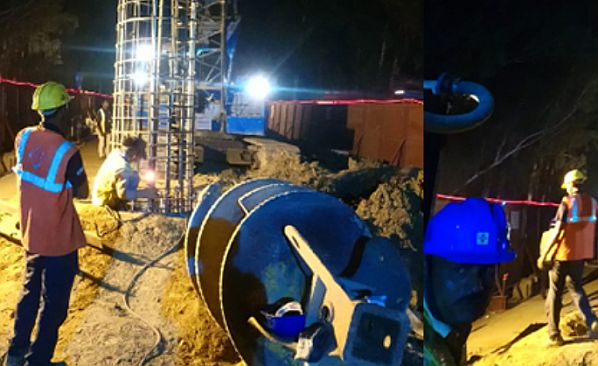The Delhi - Meerut line, which is projected to cost $US 3.94bn, will reduce the journey times from Delhi to Meerut to less than 60 minutes and carry an estimated ridership of around 800,000 passengers/day when it opens in 2025.
ADB financing will be provided in four tranches between August 2020 and May 2025, and will be combined with $US 1.89bn of funding from the Indian government and $US 1bn from co-financiers.
In addition, a further $US 3m grant from ADB’s Japan Fund for Poverty Eradication will support the provision of visual, hearing and mobility aids, as well as training and support for employment opportunities following the line’s opening.
Construction of the project will be carried out by Heavy Civil Infrastructure, a subsidiary of L&T Construction, under two contracts awarded in April. These comprise the Duhai - Modi Nagar and Modi Nagar - Shatabdi Nagar sections. The work will include the construction of 32km of viaduct and seven elevated stations.
A further contract worth Rs 25.77bn ($US 344.4m) for 40 trains for the line was awarded by NCRTC to Bombardier in May, comprising 30 six-car regional commuter trains and 10 three-car intra-city trains together with 15 years of maintenance. The contract also includes an option for another 90 cars and two more years of maintenance. The trains will be manufactured at Bombardier’s Vadodara sites in India, and designed at the Global Engineering and Technology Centre in Hyderabad.
“Efficient and integrated transport solutions are critical for managing rapid urbanisation and ensuring balanced urban development in the region,” says Mr Sharad Saxena, ADB’s principle transport specialist. “This project will also provide safe, reliable and seamless travel between Delhi and other NCR cities, and paves the way for a paradigm shift in mobility across the NCR.
The project is the first of three planned RRTS lines, alongside the 192km Delhi - Gurugram - Rewari - Alwar line and the 103km Delhi - Sonipat - Panipat Corridor line. Upon completion the lines will offer 160km/h services between New Delhi and Tier-2 cities in adjoining states, with trains operating at 5-10 minute intervals.
The RRTS network, first announced in 2005 as part of a strategy to promote industrial, commercial and regional development in the National Capital Region (NCR) and reduce congestion in Delhi, is planned to eventually comprise eight lines.

